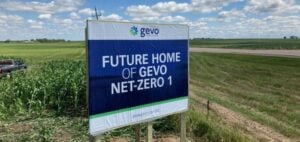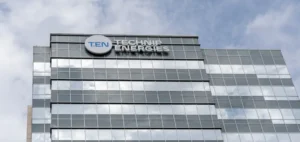PETRONAS has obtained the first Offshore Assessment Permit for a carbon capture and storage (CCS) site off the coast of Duyong, Malaysia. The permit is issued under the Carbon Capture, Utilisation and Storage Act 2025 (Act 870), which regulates the capture, transport, import and injection of CO₂, while introducing an injection levy and a post-closure stewardship fund. The goal is to establish a bankable business model for transboundary regional storage hubs.
A regulatory framework enabling CO₂ commerce
The legislative framework, overseen by the new authority MyCCUS, specifies that all CO₂ imported into Malaysia must be used solely for permanent storage. This excludes any enhanced oil recovery (EOR) applications, ensuring the traceability and permanence of stored volumes. A memorandum of understanding between Malaysia and Singapore, signed in January 2025, paves the way for cross-border operations aligned with the London Protocol, pending detailed bilateral agreements on liability and taxation.
The Duyong offshore field, already connected to the national gas grid, serves as the anchor asset for the upcoming Southern CCS Hub. The partnership between PETRONAS, TotalEnergies and Mitsui & Co. combines engineering, maritime logistics and geological storage expertise, aiming to qualify the injection potential through a Front-End Engineering Design (FEED) study.
Strategic expansion in Suriname
In parallel, PETRONAS has signed two new Production Sharing Contracts (PSC) for offshore blocks 9 and 10 in Suriname. Block 9 is operated by PETRONAS (30%), while Block 10 is operated by Chevron (30%) alongside QatarEnergy and Paradise Oil Company (POC), a subsidiary of the national oil company Staatsolie. These shallow-water blocks complement PETRONAS’s existing assets in the Guyana–Suriname basin, including blocks 52 (gas) and 66 (deepwater).
The initial three-year phase focuses on acquiring 3D seismic data, with a 30-year contract duration. The fiscal terms of these contracts provide a balance between geological risk and financial stability, offering moderate exposure to oil and gas cycles.
Industrial and economic positioning
The Malaysian CCS project provides PETRONAS with a stream of regulated revenues through injection and monitoring fees, while the post-closure fund limits risk for investors. The restriction on CO₂ use to storage only ensures contractual compliance and permanence, as required by regional decarbonisation service buyers.
The Surinamese initiative complements this strategy by securing low-cost oil exposure. By targeting shallow offshore zones, PETRONAS reduces drilling costs while positioning close to major discoveries in Block 58. Risk-sharing with Chevron, QatarEnergy and POC strengthens the financial resilience of these operations.
Regional stakes and operational outlook
The Duyong hub could become a central node for CO₂ storage serving major industrial emitters in Johor and Singapore, including refining and power production complexes. Infrastructure development for maritime CO₂ transport, coastal pipelines and injection wells is expected to follow once technical feasibility is confirmed.
On the commercial front, the emergence of a regulated CCS injection tariff in Malaysia could establish a regional benchmark, facilitating the signing of take-or-pay contracts for cross-border storage. Currently, none of the entities involved in these projects are subject to international sanctions, but OFAC and EU compliance monitoring remains active.






















